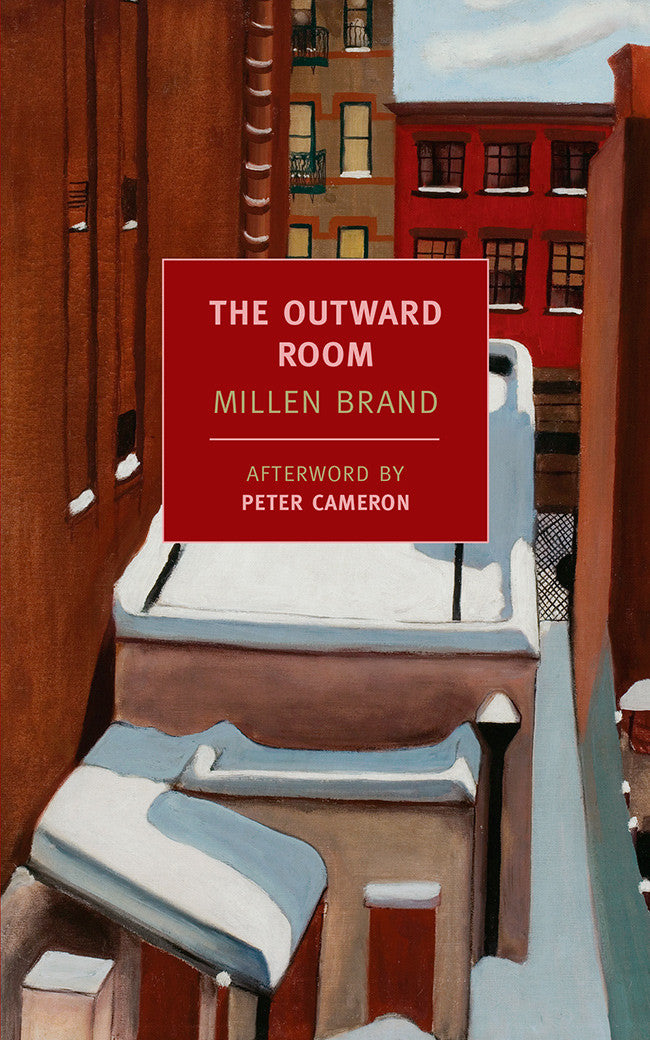The Outward Room is a book about a young woman’s journey from madness to self-discovery. It created a sensation when it was first published in 1937, and has lost none of its immediacy or its power to move the reader.
Having suffered a nervous breakdown after her brother’s death in a car accident, Harriet Demuth is committed to a mental hospital, but her doctor’s Freudian nostrums do little to make her well. Convinced that she and she alone can refashion her life, Harriet makes a daring escape from the hospital—hopping a train by night and riding the rails into the vastness of New York City in the light of the rising sun. It is the middle of the Great Depression, and at first Harriet is lost among the city’s anonymous multitudes. She pawns her jewelry and lives an increasingly hand-to-mouth existence until she meets John, a machine-shop worker. Slowly Harriet begins to recover her sense of self; slowly she and John begin to fall in love. The story of that emerging love, told with the lyricism of Virginia Woolf and the realism of Theodore Dreiser, is the heart of Millen Brand’s remarkable book.
Millen Brand has that rare empathetic ability to love all his characters.... And so the reader comes to feel, and fear, for the characters in a way that is almost unbearably tender. An odd glow of love permeates every aspect of this book.
—Peter Cameron, from the Introduction
A fine book. It is one of those firmly painted, exquisite miniatures of life, rare among modern books, that contrive to be unsparing and honest, and at the same time refreshing and lovely.
—Theodore Dreiser
The Outward Room is original and fascinating. This author will not only bear watching, but warrants immediate and exuberant criticism. The book roams into the most intricate and obscure recesses of human experience; does it brilliantly and emerges into the sunlight.
—Fannie Hurst
As devoid of sentimentality as a blizzard, and yet a great love story—a real love story.
—Sinclair Lewis


